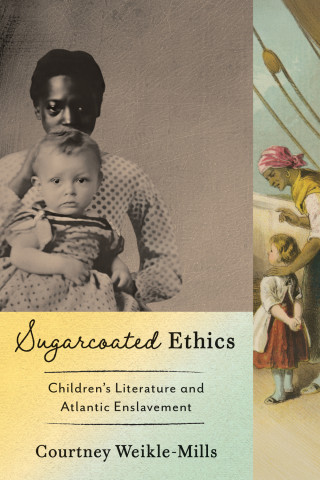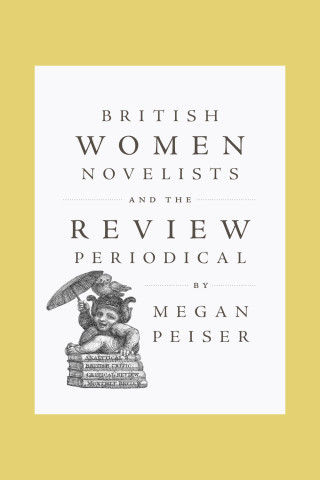
Reviews
Jarvis opens new avenues of criticism to work that is often oversimplified. Highly recommended.
... an engaging cultural study, with applications wider than nineteenth-century literature.
Jarvis’s elegant prose has its own beat too, which makes Exquisite Masochism a pleasurable as well as persuasive read.
... illuminating and original...
At this moment in the profession, with so much work dedicated to reunderstanding the way we read now, Jarvis’s emphasis on literary form is resonant and welcome.
Both Marsh and Jarvis have found interesting ideas about female agency in the nineteenth century...
Exquisite Masochism offers a fresh approach to the Victorian marriage plot and provocative, new readings of familiar texts... Jarvis is a deft critic and her readings show the value of attending closely to long descriptive passages in novels... Jarvis's commitment to close reading resonates with recent efforts to rethink the place of form and formalism in Victorian studies.
Destined to be a classic, Exquisite Masochism gives a new depth of thinking to central topics of the novel and turns received wisdom inside out. Love, desire, depiction, but also delay, refusal, and dispersed artistic energy—Jarvis takes us through core scenes of the Victorian and modernist novel to recalibrate our sense of their force and form. The book’s tremendous importance extends beyond literature, to our imaginations of marriage, individuality, pleasure, and erotic life and their place in art and society.
A rare first book, Exquisite Masochism represents the remarkable debut of a significant voice in the field. Claire Jarvis mounts a complicated, multifaceted argument about the ideological and affective role played by marriage in Victorian narrative. This wide-ranging, eclectic, and propulsive book will be an event in novel studies.
Exquisite Masochism discovers a perverse Victorian philosophy of desire in a pattern of frozen postures, unobtrusively distributed across some of our most familiar novels. Claire Jarvis's fusion of subtlety and system shows us what academic literary criticism at its best can do.
Like a sensitive film critic, Claire Jarvis urges readers to resist the forward movement of narrative and turn to scenes of stasis that recur in novels ranging from 1847 to 1928. Exquisite Masochism uncovers a hitherto unexplored world of sexual tension and unspoken contracts, of dynamism and dominance, of pleasure and pain. This book will be essential reading for those interested in sex, gender, and the history of the novel form
Book Details
Preface
Acknowledgments
1. Making Scenes
2. The Grasp of Wuthering Heights
3. Buoyed Up
4. Hideously Multiplied
5. Dead Gems
Conclusion
Notes
Index






